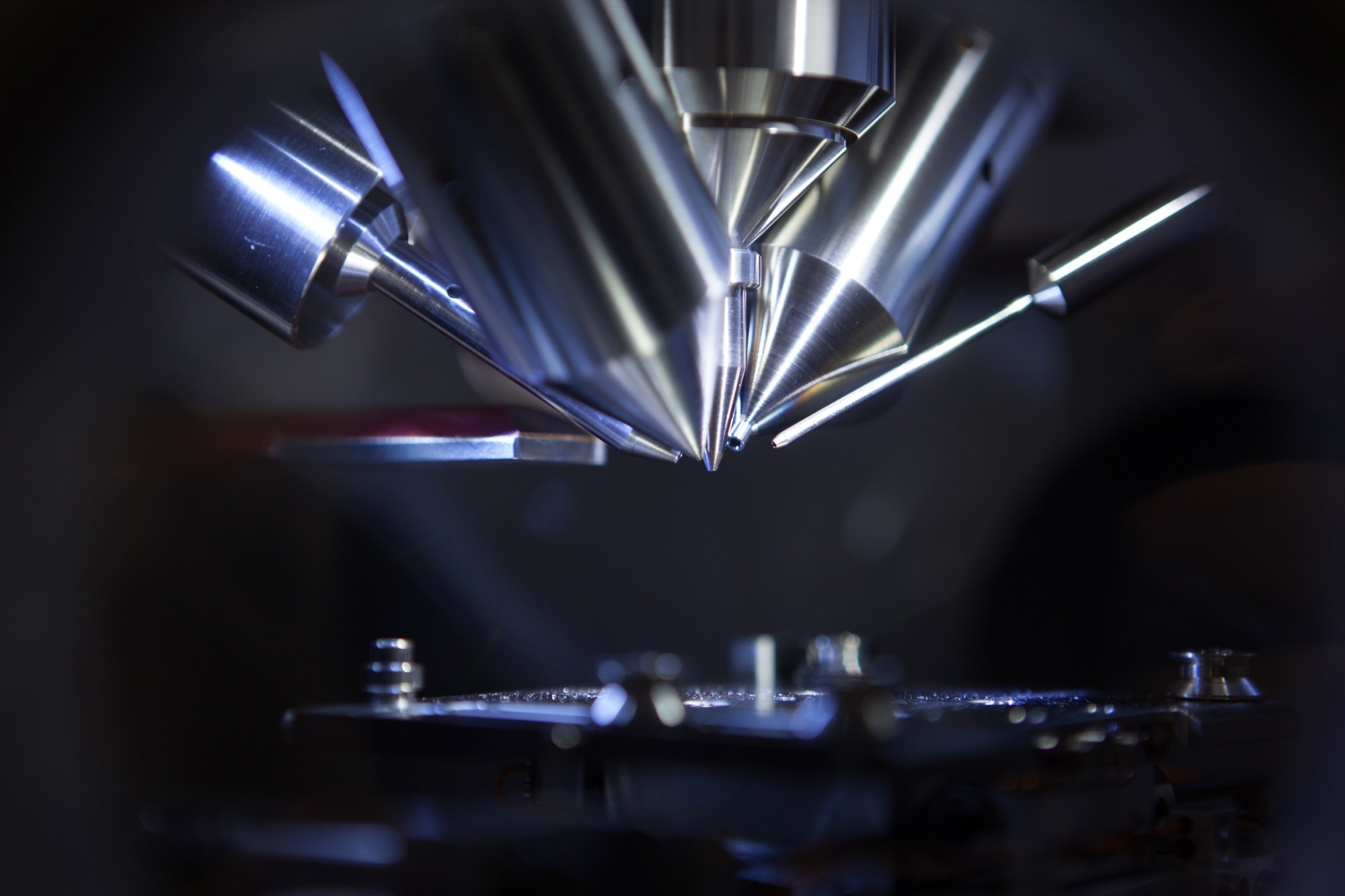The field of proteomics has experienced rapid growth since the early 2000s, largely due to advancements in mass spectrometry (MS) technology. MS is widely used for protein identification and is often performed at core facilities due to its high cost, space requirements, and specialized expertise.

Image Credit: Intothelight Photography/Shutterstock
A typical protein identification workflow using MS involves digesting proteins into peptides and analyzing them using Liquid Chromatography-Tandem Mass Spectrometry (LC-MS/MS) on a high-resolution analyzer.
During the first MS stage (known as MS1 or the precursor ion scan), peptides are separated through reversed-phase chromatography, and their mass-to-charge ratios are detected as intact peptides elute over time.
In the second MS stage (known as MS2 or the product ion scan), peptides are fragmented through collision-induced dissociation, generating spectra that can be analyzed to determine the peptide sequence.1
To map the obtained spectra to a vast database of simulated proteome spectra generated via in silico protein digestion, sophisticated software is used to identify peptides and determine their respective proteins.
Despite its status as the gold standard for protein identification, MS faces challenges that can limit the accurate mapping of peptides across the proteome. Factors such as missed or unexpected cleavages, chemical modifications, and post-translational modifications (PTMs) can result in undetected peptides not recognized by the search algorithm.
The standard MS workflow also encounters difficulties when dealing with amino acids of identical or similar masses. For instance, distinguishing isoleucine from leucine, asymmetric dimethylarginine from symmetric dimethylarginine, or trimethyllysine from acetyllysine poses challenges.
Chemical modifications that occur during LC-MS ionization, such as the conversion of glutamine to pyroglutamate, can be overlooked when using default databases and analysis settings.
In addition, the existing workflow is labor-intensive, requires expensive equipment, and demands advanced expertise in analysis for accurate protein sequence identification.
Researchers often resort to simpler proteomic techniques such as western blots to detect protein changes, although these methods sacrifice deeper insights into the amino acid and peptide levels of proteins.
Quantum-Si's singular-molecule protein sequencing workflow on Platinum® overcomes these challenges by offering a user-friendly benchtop instrument and Cloud-based analysis software, enabling researchers to discover deeper proteomic insights while eliminating the need for costly equipment and specialized expertise.
The workflow involves digesting proteins with a protease to generate peptide libraries, which are then immobilized on a semiconductor chip within a short hands-on time of 2-3 hours. Protein sequencing on the Platinum® instrument can be completed in 10 hours or less, without the complexities of cyclical chemistry and fluidics.
Sequencing data is automatically and securely transferred to a Cloud-based software environment for analysis. The software provides protein identification output without requiring expert analysis, enabling researchers to make quick decisions regarding their protein samples.
Compared to tandem MS, protein sequencing on Platinum offers several advantages for protein identification.
These include the convenience of a benchtop sequencer without the need to send samples to a core facility, a streamlined workflow that does not rely on advanced expertise, and the ability to gain deeper insights into the proteome through information-rich binding signatures of N-terminal amino acid (NAA) recognizers.
To compare the identification of isolated proteins using protein sequencing and tandem MS, the proteins CDNF, FGF2, and IL6 were sequenced on Platinum and were also sent to an MS core facility for analysis.

 Click here to download the whole version of the paper
Click here to download the whole version of the paper
References and further reading
- Neagu AN, Jayathirtha M, Baxter E, Donnelly M, Petre BA, Darie CC. Applications of Tandem Mass Spectrometry (MS/MS) in Protein Analysis for Biomedical Research. Molecules. 2022;27(8):2411. doi:10.3390/ molecules27082411
- Reed BD, Meyer MJ, Abramzon V, et al. Real-time dynamic single-molecule protein sequencing on an integrated semiconductor device. Science. 2022;378(6616):186-192. doi:10.1126/science.abo7651
About Quantum-SI
Inspired by Ion Torrent’s success at shrinking next-generation sequencing technology into a benchtop instrument, Jonathan Rothberg founded Quantum-Si™ to bring the same semiconductor technology to protein sequencing with the launch of the Platinum® Next-Generation Protein Sequencer™.
That was in Guilford, CT, back in 2013. Fast forward to today and we now have over 1,000 patents issued and applications pending, plus a groundbreaking single-molecule protein sequencing technology platform, the Platinum.
Along the way, we solved critical challenges around sensitive and unambiguous amino acid detection, blending biology, chemistry, and semiconductor technology to help biologists see what other approaches cannot deliver. We also set the stage for a revolution in how scientists understand biology and build new treatments for disease by making single molecule protein sequencing accessible to every lab everywhere.
We are now entering a new phase of our development as a company. Starting with an initial public offering in June 2021 (QSI on the NASDAQ) and continuing with a new product development and operations facility in San Diego, CA, in 2022, we have entered a period of rapid growth. Through this expansion, we will be able to fuel a new era of biology, the post-genomic era, where biologists accelerate basic scientific insight and biomedical advances through the power of next-generation protein sequencing.
Sponsored Content Policy: News-Medical.net publishes articles and related content that may be derived from sources where we have existing commercial relationships, provided such content adds value to the core editorial ethos of News-Medical.Net which is to educate and inform site visitors interested in medical research, science, medical devices and treatments.